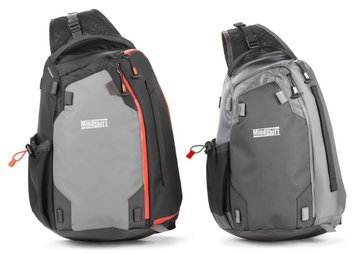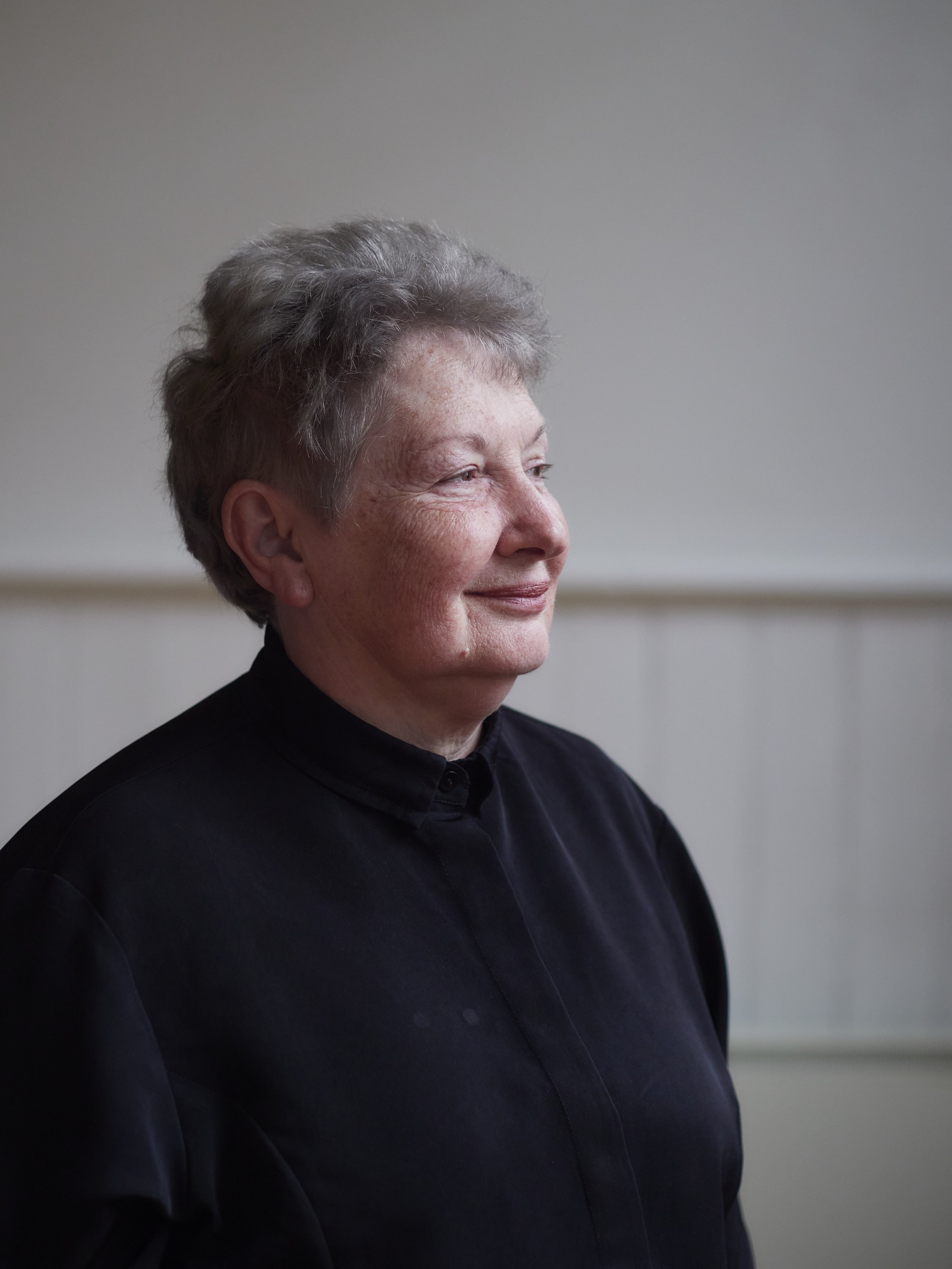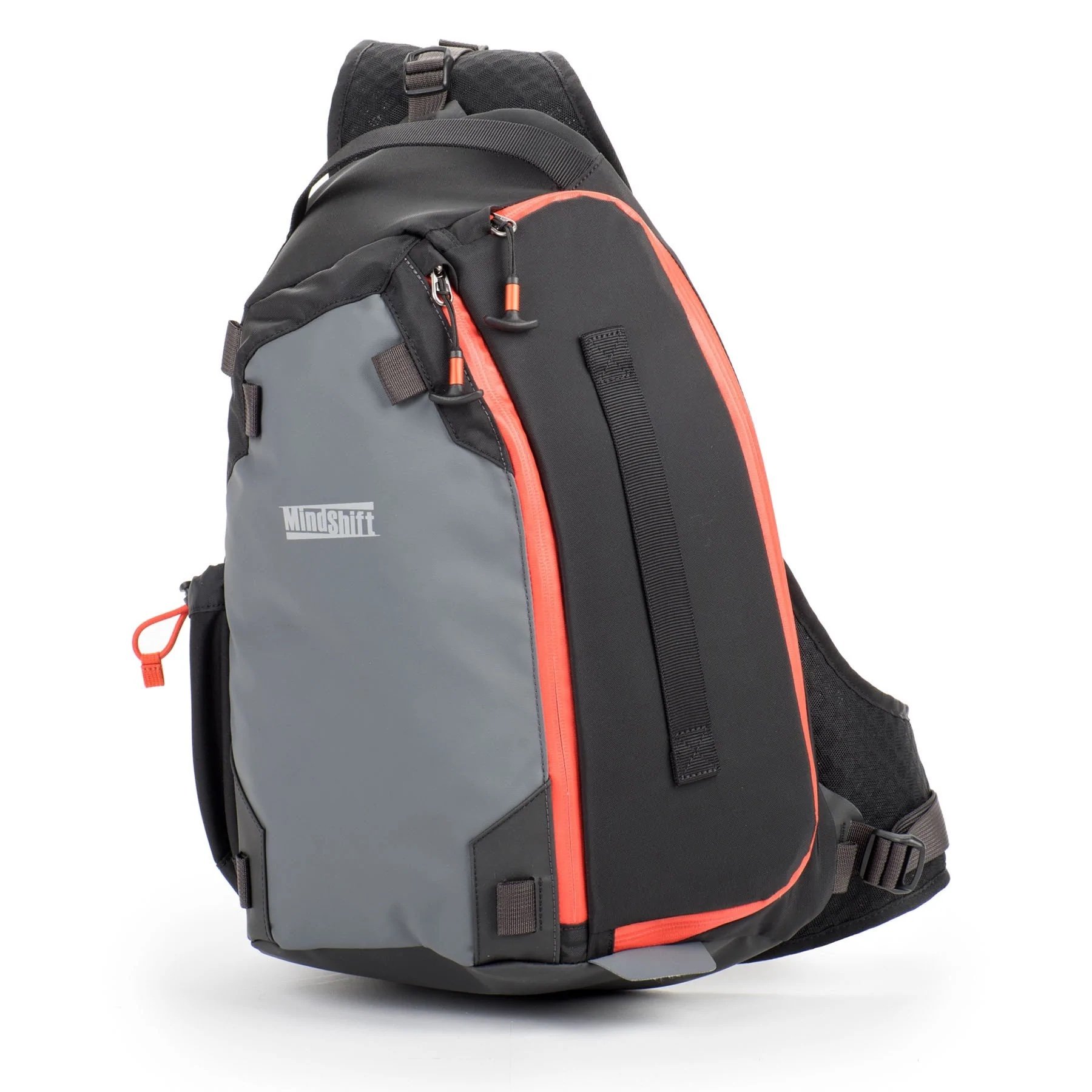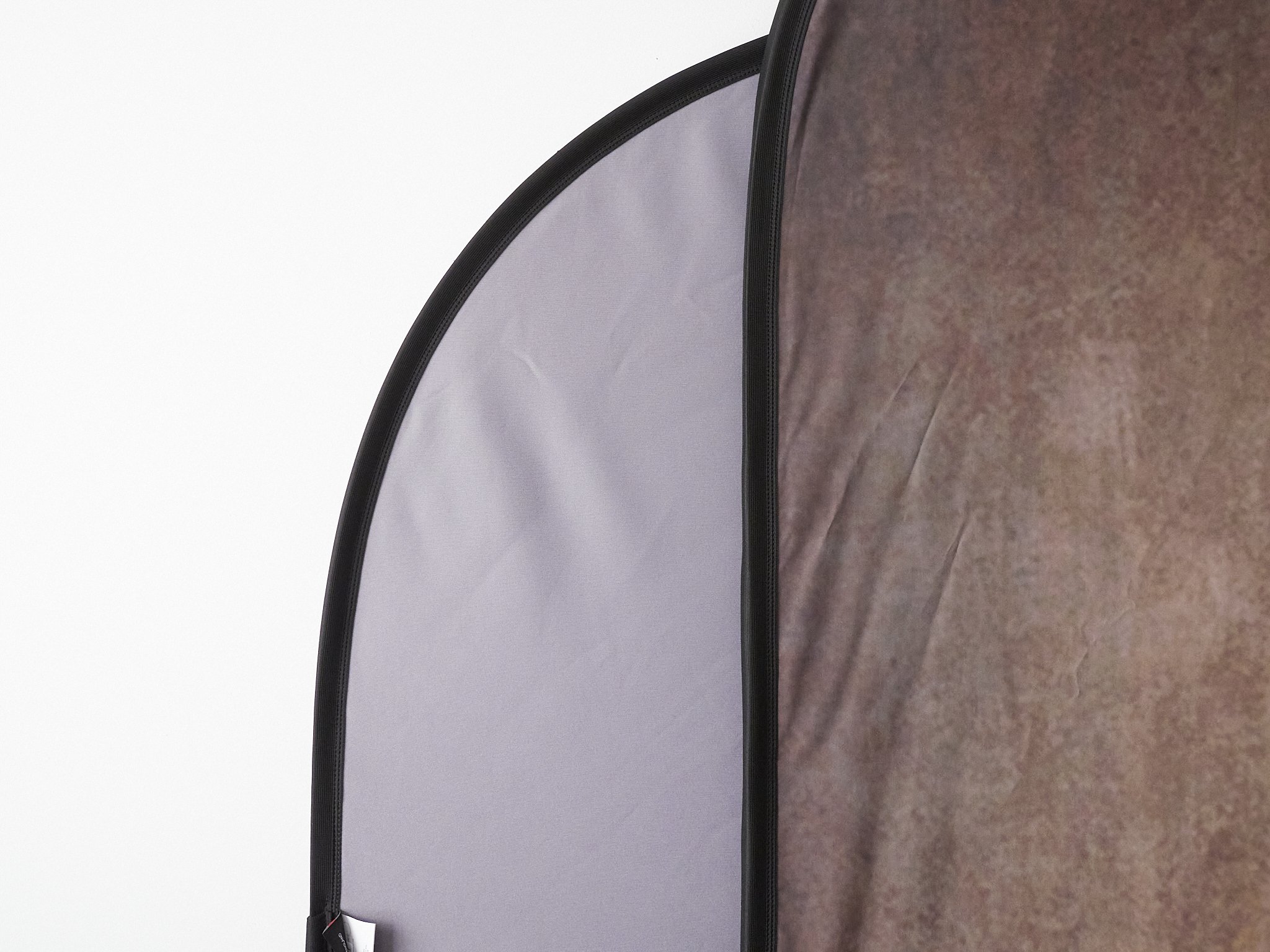I decided to duplicate my base model MacBook Air M1 to reduce hassles going back and forth from work, add a backup and depth (my iPads have both died and my desktop is getting old).
I installed Capture 1 23 and ON1 22 as will as DaVinci Resolve 18.
This thing is fast! It uploaded 60 odd RAW files today in about 5 seconds, previews included!
C1 and ON1 seem to be better together in this form, but I was reminded by ON1 to use DNG (RAW) files not TIFF’s that I use based on an early recommendation.
Experiment time :).
The RAW file processed to my liking.
Retaining natural sharpness and detail.
A TIFF in and out of ON1 with default settings.
A RAW sent directly over as a DNG, then processed when it came back to C1.
Takeaway is this (and I looked closer);
The RAW looks the most natural, but has a little noise visible (ISO 800).
The TIFF looks better all-round, but is just starting to look a little processed, i.e. a little plasticky around the bricks and some natural glow is missing (ON1 No Noise often takes out small highlights from eyes etc).
The DNG is the cleanest and sharpest, but is looking a little over done. I actually dropped sharpness back in the C1 processing.
The biggest issue for me with overly aggressive noise reduction is the loss of fine detail in textured areas like 100 year old bricks. The curious bit is the TIFF, by not being as “open” to processing I guess, is that is holds onto the RAW detail better.
Looking the other way, a church steeple.
The RAW. This is nice and looks right.
The TIFF processed as above is clearly crisper, especially on the tiles.
The DNG is up another level again. I could process the RAW sharper, but of course this does not go across and the TIFF does not take to much more post processing. The main thing is to either reduce ON1 sharpening or sharpening in C1 as the halo effect is obvious. I noticed in both the above files that the colour is less brilliant, but that is likely me processing less aggressively, probably responding to a cleaner file.
Take aways;
The RAW files look the most natural and will likely print out as well as needed.
The TIFF’s retain the look of the processed RAW, then refine. At ISO 800, there was not much to fix, so next test is to see how ISO 6400 is handled both ways.
The DNG files are more powerfully processed, but it also looks that way. The top file especially has some plasticky “over perfect” parts and some fine detail has been removed. In the lower file, it actually looks better, so the different processing flows may be best applied to certain subjects selectively.
A note on processing generally.
I have found that with C1, the whole Lightroom noise vs sharpness leading to marbling and grittiness thing has gone away. I rarely touch sharpening, never noise reduction (do not even have the tool enabled), taking what I get as it comes then apply Dehaze, Clarity, White Balance and various Exposure tools.
If noise is an issue from ISO 6400 up, the file goes to ON1, usually on default settings, then out again, a process of 20 odd seconds and I gain roughly 2 ISO settings of clarity and sharpness.
If focus or even a little noise has robbed me of some sharpness, I will often brush it in, although No Noise adds some anyway.
I have no fear of ISO 3200 or even 6400 often in C1 and not much aversion to as high as 25,600 with ON1, which tops out my needs for pretty much any job. Lightroom limited me to 3200 maximum on M43 files. By this I mean sharp and clean, not bearably awful, that may print ok small.
This is my base line, which is a C1 ISO 6400 file, no ON1.
This means also that I am fast.
Most files are fine with one or two sliders of work, many need nothing and if they need major work, I batch drop them into ON1, which now seems to be much quicker (10 files in a minute). If I could just learn to shoot straight lines straight, I would be even quicker!



































































































































